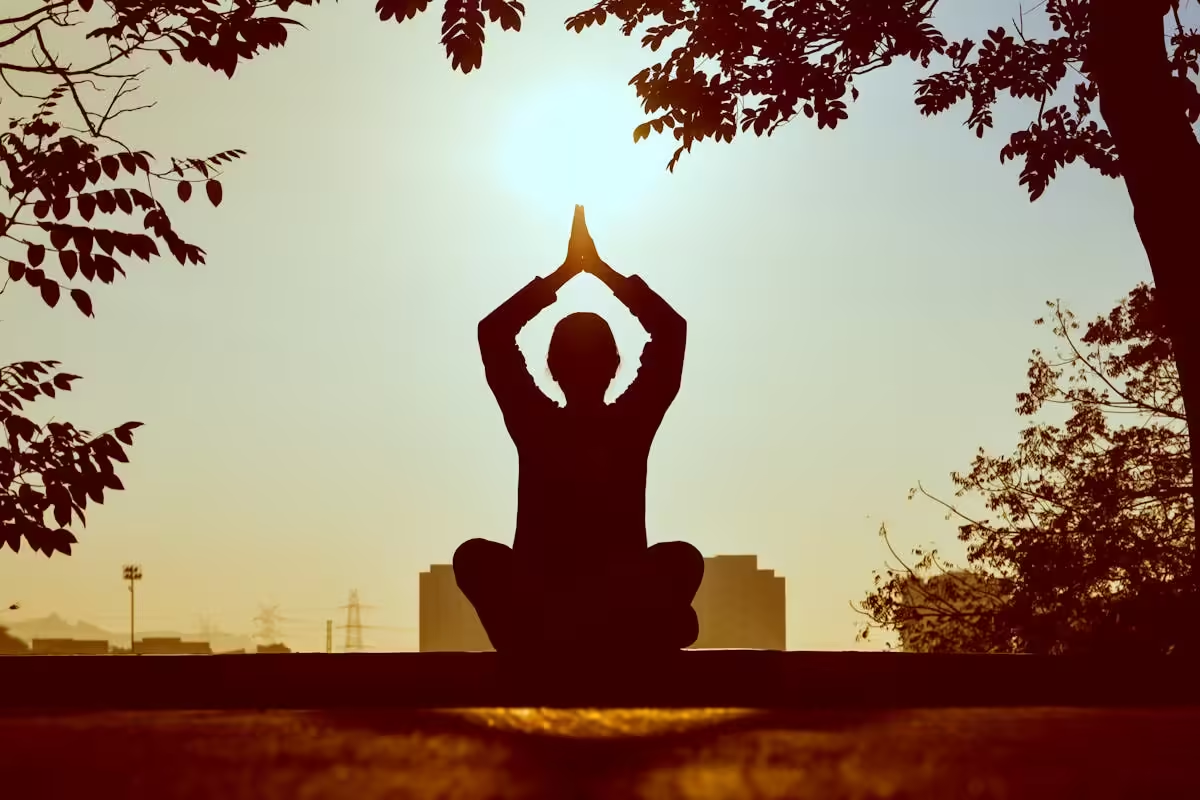Since it has become popular, whether as a physical practice or a tool for mental well-being, many people have asked themselves “what is yoga for?” Or, “where did this practice come from?”
Yoga is a transformative practice that contributes actively to the proper functioning of the body. There are at least 5 thousand years of tradition in the country where the activity originated, according to the Ministry of Ayurveda, Yoga and Naturopathy, Unani, Siddha and Homeopathy (Ayush) in India.
It is a philosophy of life that seeks to unite the mind (gyana yoga), body (karma yoga), emotions (bhakti yoga) and energy (kriya yoga) through breathing techniques, meditation and body movement.
Yoga has become very popular in the Western world because it actively works to improve the quality of physical and mental life.
Today, it is not rare to find gyms and specialized centers that work on its pillars. In the following content, we explain what yoga is for and the benefits of this activity that are good reasons to start it tomorrow.
What is yoga for?
Yoga is widely sought after by those seeking to find balance between mind and body . And, in fact, the activity contributes greatly to this purpose.
A research published in Alternative Medicine claims that doing yoga has an effect on the body, more so in mental health, and yoga is in high demand.
This is the case because exercise helps in balancing the hypothalamic pituitary adrenal (HPA) axis and the sympathetic nervous system (SNS), which are both interrelated to stress.
On a positive note, yoga can also be a real positive as it aids in muscle building and boosts strength.
12 benefits of yoga
In this sense, the benefits of yoga become good reasons to include the activity in your routine. Among them:
- Increased body flexibility;
- Strengthening of muscles;
- Pain relief and prevention;
- Improved balance;
- Self-knowledge work;
- Obesity prevention ;
- Diabetes control ;
- Improved breathing;
- Prevention of cardiovascular diseases;
- Reduction of cortisol levels;
- Prevention of depression;
- Strengthening the immune system.
Indications and contraindications of yoga
People of all ages can benefit from Yoga, even pregnant women. For instance, Yoga helps to relieve stress, strengthens the back and legs which are often overworked during pregnancy, and aids in breathing which can also be problematic. It’s great for children and the elderly as well, as it enhances their movement and brain functions.
The same applies to any physical activity; consult your doctor or a trainer to determine whether you should be engaging in it or not. This is particularly necessary for individuals with heart or joint diseases or even osteoporosis.
How to start practicing yoga
If your intention is to include the activity in your routine, it is worth paying attention to some tips to put this desire into practice.
First, talk to your doctor and physical education teacher to understand if there are any contraindications for your case and how the activity can be incorporated into your daily routine.
Yoga variations
Then, choose which yoga variation best suits your body and goals. These are:
- Hatha: more traditional and well-known, it works with calmer postures, sequences and rhythm, increasing muscular strength and flexibility;
- Vinyasa: resembles a dance as it involves movements that combine breathing and movement in synchrony;
- Ashatanga: derives from hatha, and is considered a more intense variation of yoga that involves a series of fixed postures, contributing to concentration, physical conditioning and flexibility.
- Iyengar: in this approach, the objective is to stay in the suggested positions for longer, helping with stretching and relieving back pain;
- Baby: aimed at women with babies, helping to strengthen the body and mind in the postpartum period;
- Kundalini : essentially works on consciousness through meditation;
- Bikram : often used in hot yoga, a modality in which the activity is carried out in rooms heated to over 40ºC and with humidity at 40%;
- Jivamukti : more contemporary style, works not only on the fundamentals of yoga, but also on empathy;
- Restorative: uses support materials for therapeutic practice, such as cushions.
So, now that you know what yoga is for, its benefits and how to practice it, set aside a part of the house that has space for your movements. And always remember to choose comfortable clothes that do not hinder your body movements.

